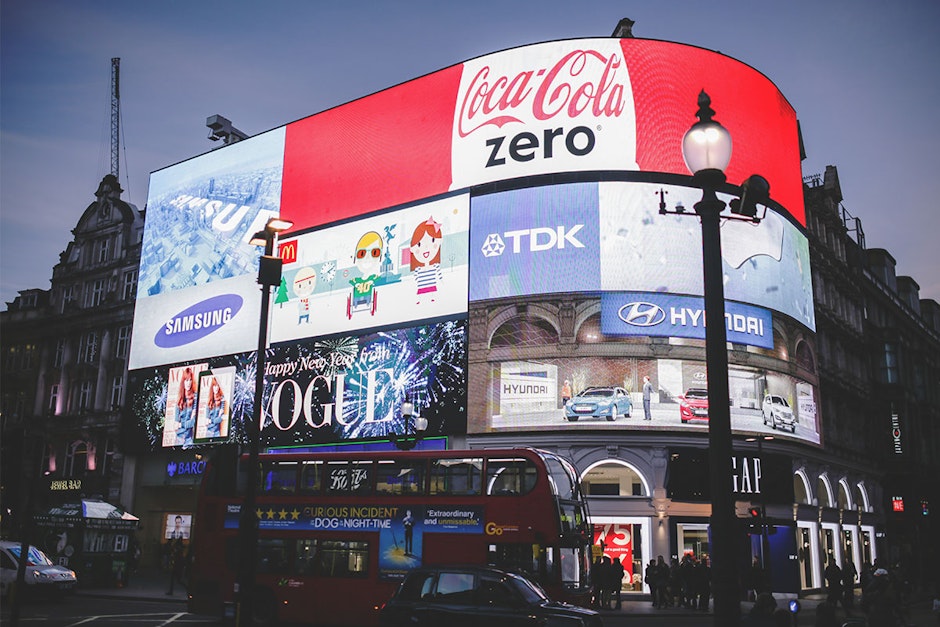How to navigate the complexity of the marketing ecosystem
Half the money I spend on advertising is wasted; the trouble is I don't know which half - John Wanamaker

Advertising and measuring its impact have preoccupied entrepreneurs like John Wanamaker for over a century. On posters, in commercials or TV spots, ads are reflecting external influences, attitudes, facts, data and market trends - which leaves it in a constant state of evolution.
This evolution is characterized in particular by the increasing complexity of marketing. Today's marketers can use a multitude of media, devices and channels to display their ads in a wide variety of formats. This results in various business opportunities, but also many new challenges. For example, it has recently become more difficult to precisely evaluate the performance of advertising due to different data sources or new data privacy guidelines. However, it is crucial for a company's success to measure this impact and understand it holistically.
Understand the basis of development: multiplication of marketing channels
The advertising market has been growing continuously for years, and not even a pandemic could stop that trend completely. According to the AA/WARC Expenditure Report forecasts in October, UK ad spend was expected to increase by 24.8% this year to reach a total of £29.3bn. The question that marketers have to ask themselves now is: How and when does my advertising work best in this unsteady, ever-evolving environment?
To answer the question, one needs to understand that marketing and advertising have both an immediate and a delayed effect. Promotional ads, such as vouchers or coupons, often have a short-term effect on conversions in the next buying cycle, while other ads with a brand message trigger a rather long-term advertising effect in the back of consumers' minds and unconsciously encourage them to buy again. Compared to non-video advertising, video advertising often has a longer-term effect and is characterized by double the half-life. Even after one week, its cumulative effect is 160% higher than that of non-video advertising.
Use synergies: The omnichannel and halo effects
Taking into account this long-term and short-term impact, marketers must measure the performance of their advertising accordingly. Otherwise, it can quickly lead to falsified results; for example, if the conversion potential of a channel is incorrectly assessed. In our analysis, the ROI Genome Report, we were able to confirm that advertising is characterized by an omnichannel effect and that conversions can by no means only be assigned to one channel.
As a result, online advertising affects offline business, and vice versa. We also know that external (offline) advertising, for example on marketplaces like Amazon, has a positive effect on the sales figures achieved there. In return, this also means that brands that advertise on Amazon can measure the advertising impact of their ads both on the shopping platform and in other channels.
It is similar with product advertising. If certain products are advertised within a portfolio, this often has a positive effect on the sale of other products. This is known as ‘the halo effect’. It contributes to up to half of the total advertising impact and, if used effectively, can even increase the ROI tenfold.
Measure accordingly: holistic metrics
So, advertising works across channels and products. However, too many marketers today rely on one-dimensional click and performance metrics that don't reflect that. They often measure the channel-specific impact of online advertising and derive conclusions for the overall corporate strategy from this data. But it has been shown that the number of clicks is nowhere near as precise as many advertising platforms suggest. According to our studies, for example, last click and similar performance metrics overstate the role of activities such as search and display by 2-10x and consistently understate the role of video.
One-dimensional metrics help marketers to measure the relative performance of individual advertising activities. However, they are not suitable for measuring advertising performance across multiple channels and strategies. Marketers must identify metrics that take synergies into account and that can be measured uniformly across all channels.
Growing organically: building up existing and new customers
It has proven incredibly valuable and effective to address target groups as specific and targeted as possible. For a long time, the advertising industry relied on third-party cookies and tracking tools for that approach. Data was often evaluated according to conversions or click rates. With tighter data privacy laws and regulations, companies must look for ways to sustainably expand their own customer database and thus continue to enable a targeted and personalized approach.
What many marketers forget about this targeted approach, however, is that it only captures customers and prospects who are already interacting with the company or the brand. They forget about those groups of potential customers who are still in the preliminary stages of the decision-making phase. But this is exactly where the customers of the future are located who will ultimately lead to organic growth. To reach this potential, upper funnel strategies are recommended which aim at a broader target group.
Holistic recommendations for action for the future
The more advertising channels and formats, the more data and key figures - which in turn increases the potential error rate for marketers. At the same time, the boundaries between performance and brand marketing or online and offline are becoming more and more blurred.
Learn more about the impacts of advertising, including how business leaders can avoid the pitfalls of misleading performance metrics, and how to accurately measure advertising ROI when two-thirds of the impact happens after the first week. You can find all the insights recommendations for future success in our latest ROI Genome Intelligence Report: The Advertising Evolution – Media Trends, Truths and Taking Action for Tomorrow.

